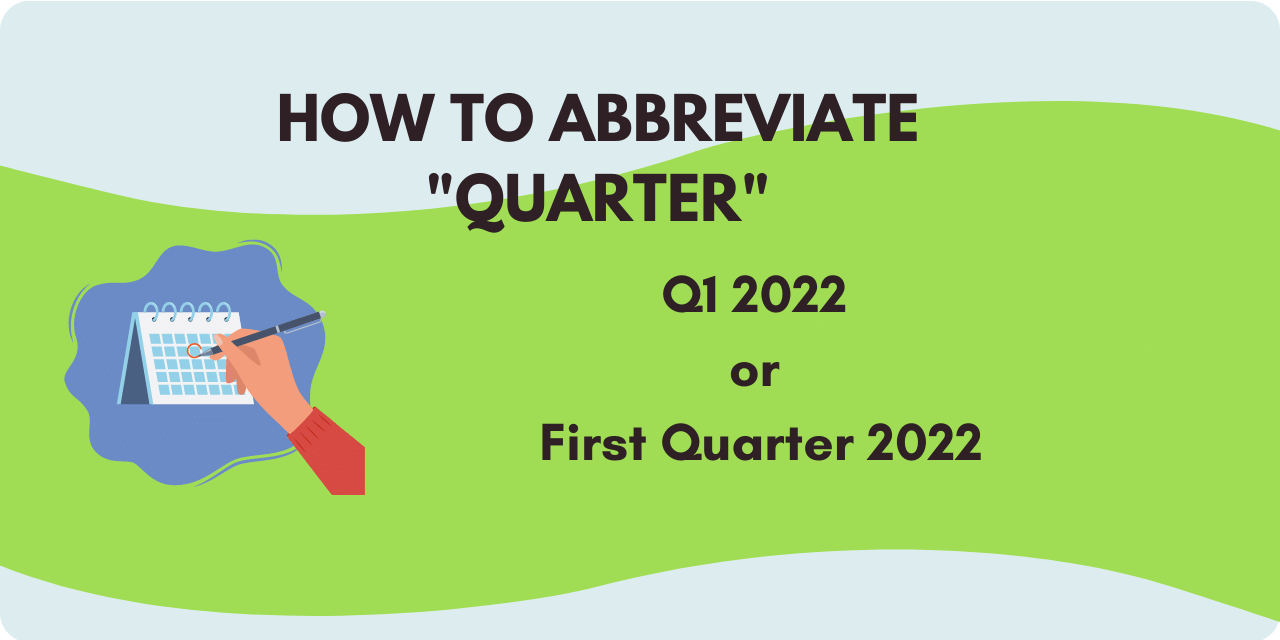Effective business writing is an invaluable professional skill. Whether you’re drafting emails, reports, or proposals, it’s important to ensure your communications are clear, concise, and impactful.
In this article, we’ll discuss common pitfalls in business writing and provide actionable tips to avoid them.
Let’s dive in!
Not Understanding Your Audience
Before diving into writing, you first need to know your audience. Who are they? What are their needs, challenges, and expectations? All too often, writers fall into the trap of crafting messages that resonate with themselves rather than their intended readers.
To elevate your business writing, consider these tips:
- Create detailed customer/client personas to represent your target audience, including their demographics, preferences, and pain points.
- Tailor your tone and terminology to align with your audience’s level of expertise. Avoid using jargon that might be alienating or too technical.
For instance, instead of saying, “To leverage our synergies, we’ll initiate a paradigm shift in our core competencies,” opt for a more reader-centric approach like, “To improve our collaboration, we’ll change our fundamental approach to better use our strengths.”
Lack of Clarity and Conciseness
Overcomplicating ideas is a common pitfall in business writing. Lengthy and convoluted sentences can obscure even the simplest of concepts. To enhance clarity and conciseness in your writing, consider these tips:
- Start sentences with a strong subject and verb, and use active voice to make your message more direct and engaging.
- Review your writing and eliminate unnecessary words or phrases that do not contribute to the message’s clarity.
For instance, instead of saying, “It is our belief that the implementation of this strategy will potentially result in considerable enhancements,” opt for a more straightforward approach like, “We believe implementing this strategy will significantly improve results.”
Unprofessional Tone
Maintaining a professional tone is critical in business communication. Tone has a big impact on how you are perceived and whether your audience takes you seriously. To ensure your tone is appropriate, consider these tips:
- Avoid slang, emojis, and overly casual language, as they can detract from your credibility.
- Address your audience respectfully and use appropriate titles or designations when necessary.
For example, instead of saying, “Hey team, let’s nail this project and get awesome results!” use a more professional tone like, “Team, I’m confident that by working together, we can achieve excellent results on this project.”
Ambiguity and Vagueness
Ambiguity can lead to misinterpretation, causing confusion and inefficiency. To ensure your communication is clear and precise, consider these tips:
- Be specific in your communication, providing clear timelines and details.
- Encourage feedback and questions from your audience to clarify any potential points of confusion.
For instance, instead of saying, “We’ll address the issue soon,” specify a timeline like, “We’ll address the issue by the end of this week.”
Proofreading Errors
Spelling, grammar, and punctuation errors can disrupt the reader’s flow and harm your credibility. While AI tools can help, a thorough human review is essential. Here are some tips for effective proofreading:
- Take breaks between writing and proofreading to approach your work with fresh eyes.
- Consider seeking feedback from a colleague or using professional proofreading services for critical documents.
In the age of automation and artificial intelligence, AI tools can be a game-changer in the proofreading process. Some ways AI tools can be helpful:
- Spelling and Grammar Checks: AI-powered grammar and spelling checkers like Grammarly and ProWritingAid can flag and suggest corrections for common grammatical errors and misspellings.
- Style and Clarity Enhancement: Some AI tools go beyond basic grammar checks and provide suggestions for improving the overall style and clarity of your writing. They can help you eliminate wordiness, improve sentence structure, and enhance the overall readability of your documents.
- Plagiarism Detection: AI tools can also help detect potential plagiarism by comparing your text against a vast database of existing content. This is crucial for maintaining integrity and originality in your writing. Additionally, AI detection technology, such as GPTZero, is available to identify AI-written content and check copied material across the internet.
- Consistency Checks: AI can assist in maintaining a consistent writing style and tone throughout your document. It can identify terminology, formatting, and punctuation inconsistencies, ensuring a polished final product.
- Language Enhancement: Some AI tools offer language-specific features, making them invaluable for non-native English speakers. They can suggest more appropriate vocabulary and phrasing, helping you sound more fluent and confident in your writing.
However, it’s essential to remember that AI tools are not infallible and may not catch every nuanced error or context-specific issue. Therefore, while AI can be a valuable proofreading companion, it should be used in conjunction with human proofreading to ensure the highest level of accuracy and professionalism.
Logical Flow
A logical structure is key to ensuring that your message is easily understandable to your audience. Disorganized content can confuse the reader and dilute your message. To maintain a logical flow, consider these tips:
- Start with an outline before writing to organize your thoughts.
- Use transitional words and phrases to guide your reader through your document.
For instance, instead of saying, “We’ll increase marketing spend. Our profits have been declining. We launched a new product last month,” improve the logical flow with, “Our profits have been declining. To address this, we launched a new product last month and will increase our marketing spend to boost its visibility.”
Jargon Overuse
While industry-specific terms can be appropriate, overusing jargon can alienate unfamiliar readers. To strike the right balance, consider these tips:
- Define complex terms or provide explanations when using industry jargon.
- Aim for clarity and simplicity in your writing to ensure it resonates with a broader audience.
For instance, instead of saying, “We need to leverage our omnichannel strategies to synergize with our holistic approach to CRM,” opt for a more accessible approach like, “We need to integrate our online and offline marketing strategies to improve our customer relationship management.”
Inconsistent Style
Maintaining a consistent style and tone throughout your document is essential to keep your readers engaged and focused. To avoid inconsistencies, consider these tips:
- Create a style guide for your organization or team to ensure uniformity.
- Review your document for any deviations from the established style.
For example, instead of saying, “We aim to increase efficiency. Next, we’re focusing on a fun, creative approach to team building,” maintain consistency with, “We aim to increase efficiency through team-building activities that are both engaging and productive.”
Overuse of Passive Voice
While passive voice is sometimes necessary, overusing it can make your writing seem indirect or unclear. To strike the right balance, consider these tips:
- Use passive voice sparingly and only when it enhances clarity.
- When possible, opt for active voice to make your writing more direct and engaging.
For instance, instead of saying, “The meeting agenda will be sent by me tomorrow,” use active voice for directness, “I will send the meeting agenda tomorrow.”
Conclusion
Keep these tips in mind to improve the clarity, professionalism, and effectiveness of your communications. Business writing is an invaluable skill that can lead to better collaboration and results, boosting your professional reputation.






